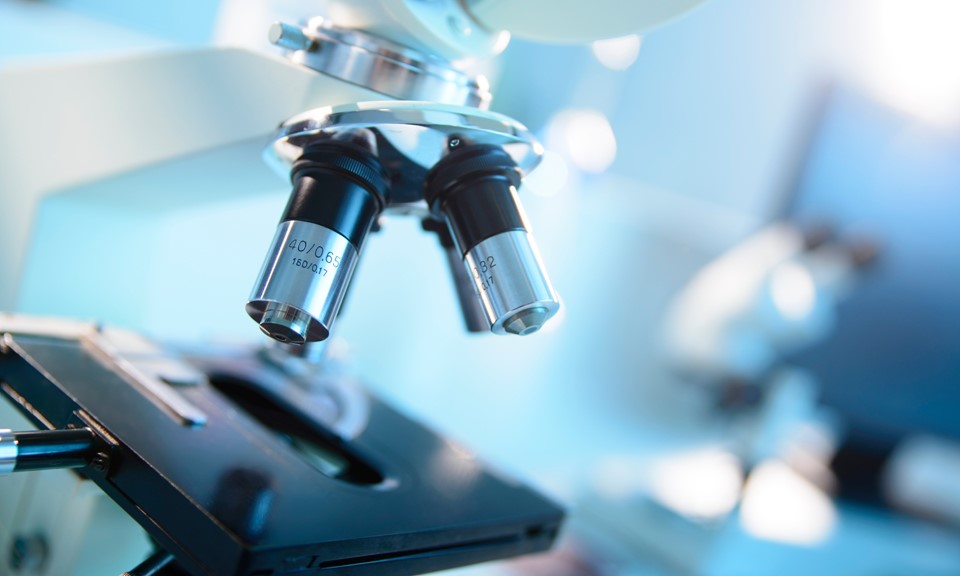You are here
Home 🌿 Cannabis Technology News 🌿 Researchers discover two cannabis compounds 'more potent than THC' 🌿Researchers discover two cannabis compounds 'more potent than THC'

Move over CBD and THC, new cannabinoids are on the way.
A study published by Nature.com has revealed the discovery of two previously unknown cannabinoids, now named THCP and CBDP. In tests on mice, researchers found that THCP demonstrated “an affinity for CB1 receptor more than thirty-fold higher compared to the one reported for THC,” making it much stronger than THC.
Although researchers have so far identified around 150 cannabinoids in cannabis, the majority of study has been focused on the two most seemingly useful — CBD and THC. THC is the component of the plant that gets users high, while CBD possesses many of the therapeutic benefits of THC without the accompanying buzz. The emergence of equally strong, or stronger, cannabinoids will no doubt lead to further study and, with luck, commercialization.
“A number of clinical trials and a growing body of literature provide real evidence of the pharmacological potential of cannabis and cannabinoids on a wide range of disorders from sleep to anxiety, multiple sclerosis, autism and neuropathic pain,” the researchers said. “In particular, being the most potent psychotropic cannabinoid, THC is the main focus of such studies.”
“THCP is endowed of an even higher binding affinity for CB1 receptor and a greater cannabimimetic activity than THC itself.”
Kevin McKernan, the chief science officer for Medicinal Genomics, amplified the study on Twitter on Monday, referring to the new cannabinoid as, “More potent than THC. Can we just grow hemp with gobs of THCP?”
The discovery of THCP might also help explain the puzzling pharmacological properties of certain cannabis strains that previously could not be attributed to the presence of THC alone, researchers said.
As for CBDP, researchers said the cannabinoid’s poor ability to bind to either CB1 or CB2 receptors does not make further exploration of its cannabimimetic activity a priority. But the opposite holds true for THCP, which researchers said holds huge potential for medicinal use.
“In our opinion, this compound should be included in the list of the main phytocannabinoids to be determined for a correct evaluation of the pharmacological effect of the cannabis extracts administered to patients.”
420 Intel is Your Source for Marijuana News
420 Intel Canada is your leading news source for the Canadian cannabis industry. Get the latest updates on Canadian cannabis stocks and developments on how Canada continues to be a major player in the worldwide recreational and medical cannabis industry.
420 Intel Canada is the Canadian Industry news outlet that will keep you updated on how these Canadian developments in recreational and medical marijuana will impact the country and the world. Our commitment is to bring you the most important cannabis news stories from across Canada every day of the week.
Marijuana industry news is a constant endeavor with new developments each day. For marijuana news across the True North, 420 Intel Canada promises to bring you quality, Canadian, cannabis industry news.
You can get 420 Intel news delivered directly to your inbox by signing up for our daily marijuana news, ensuring you’re always kept up to date on the ever-changing cannabis industry. To stay even better informed about marijuana legalization news follow us on Twitter, Facebook and LinkedIn.




